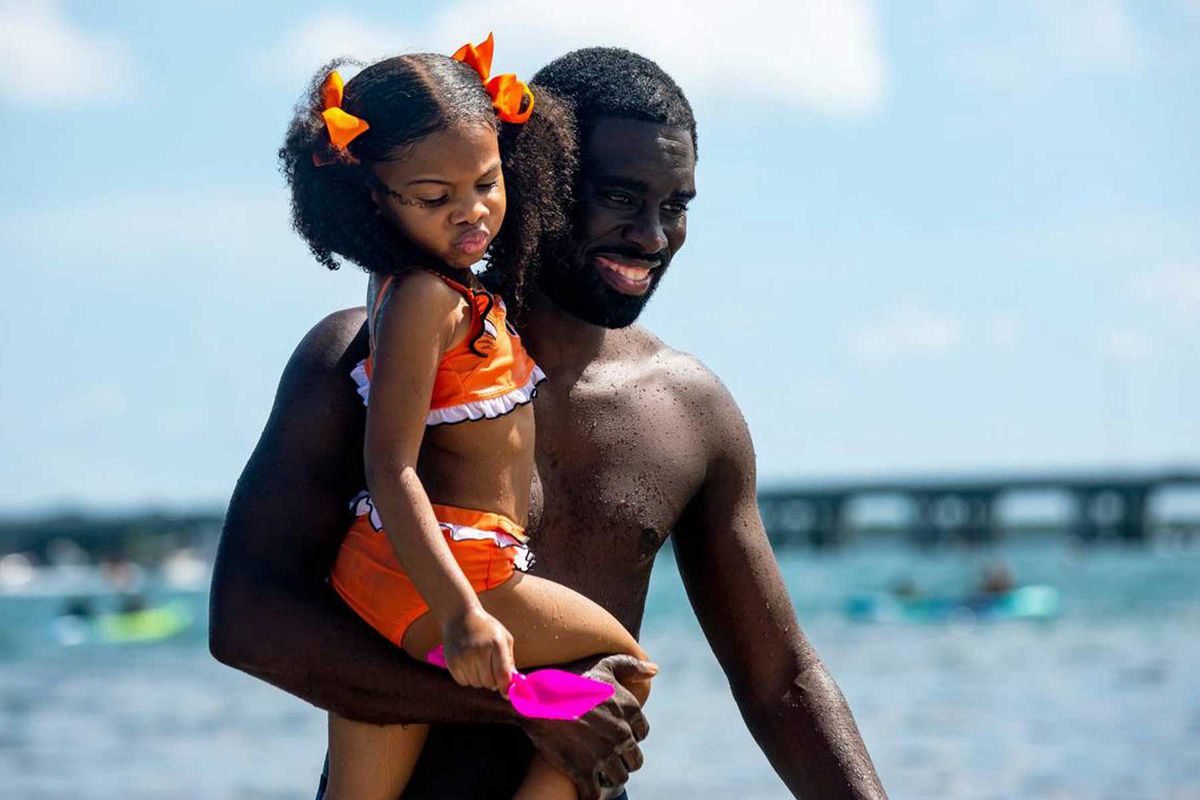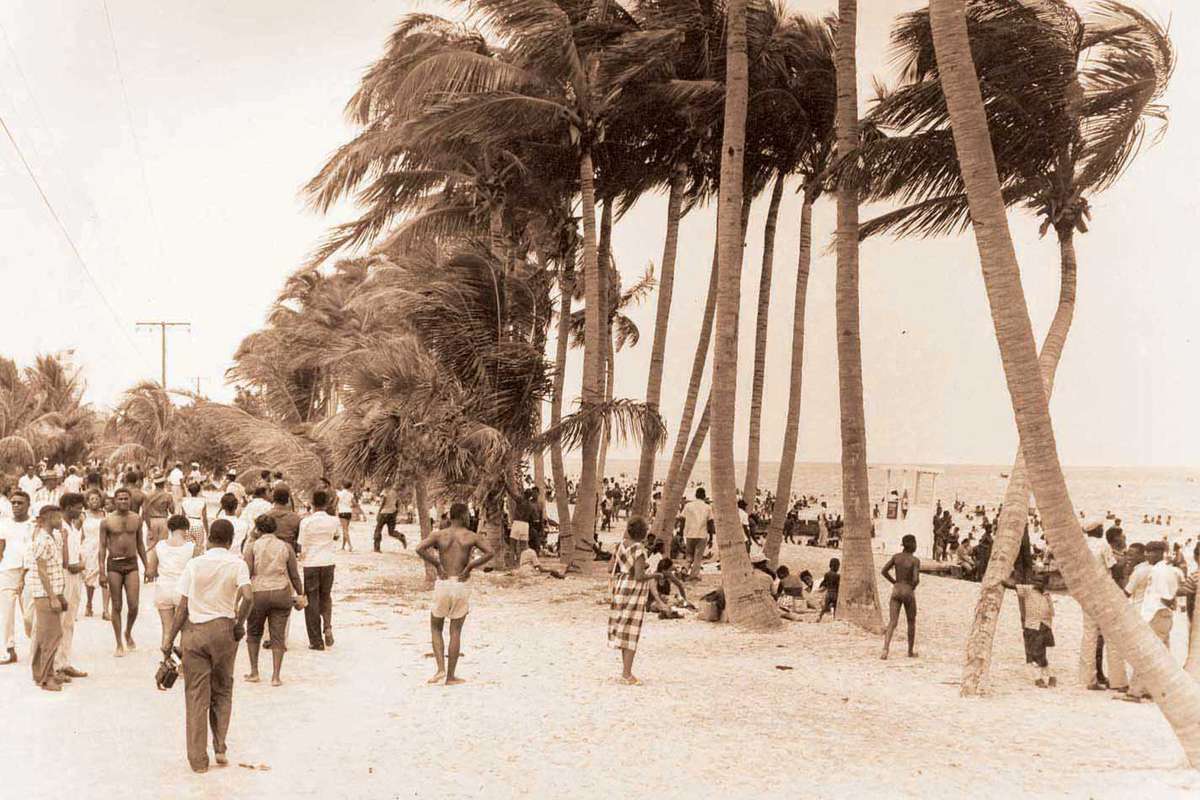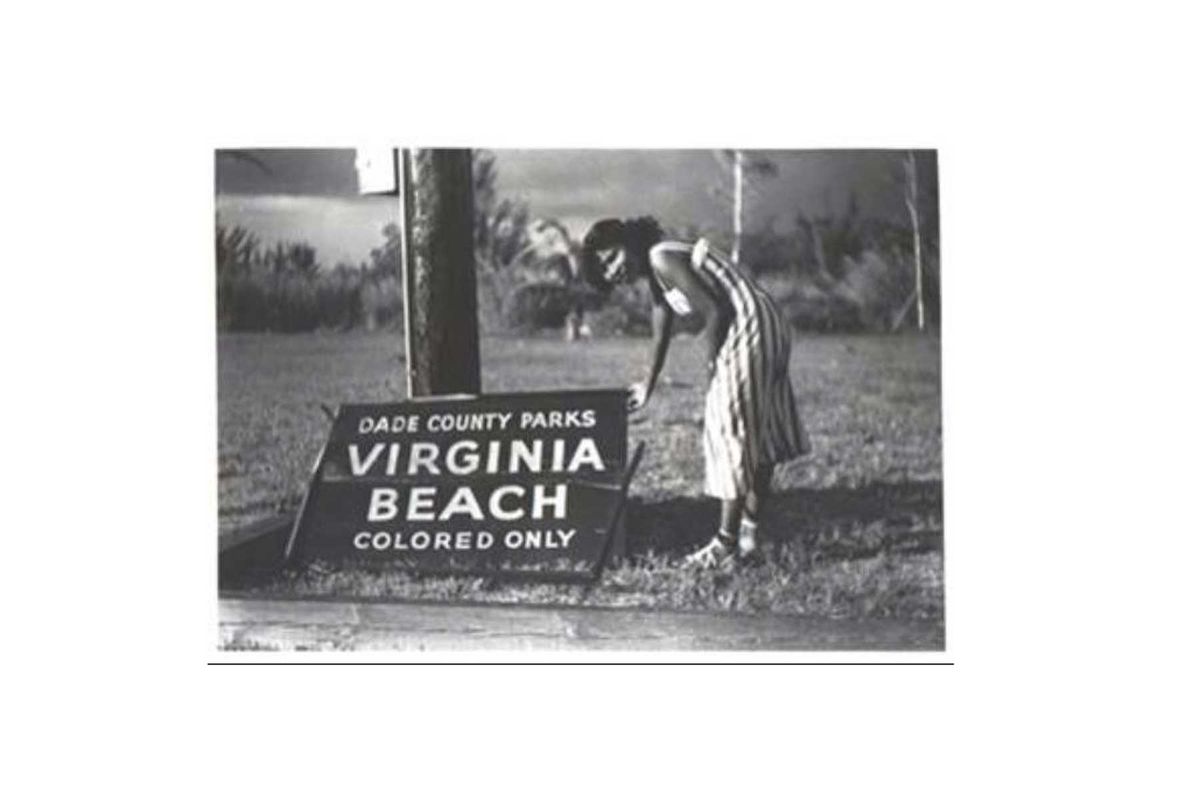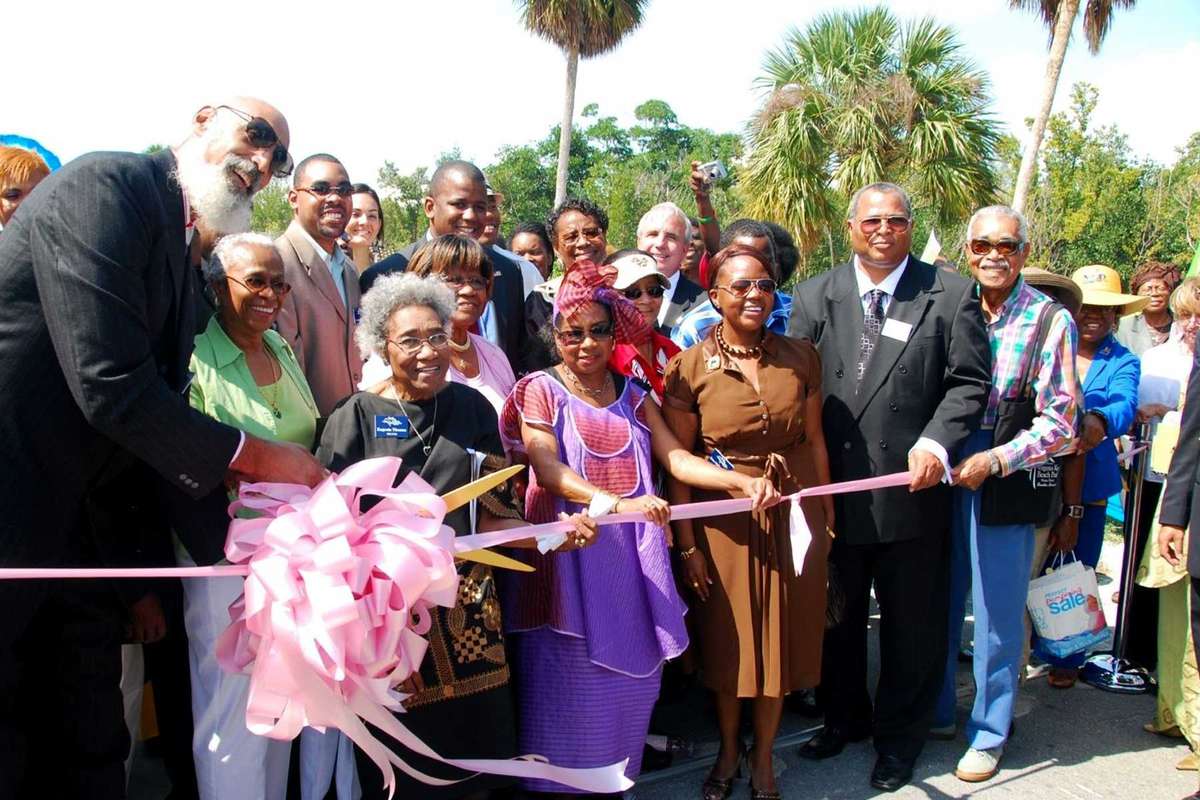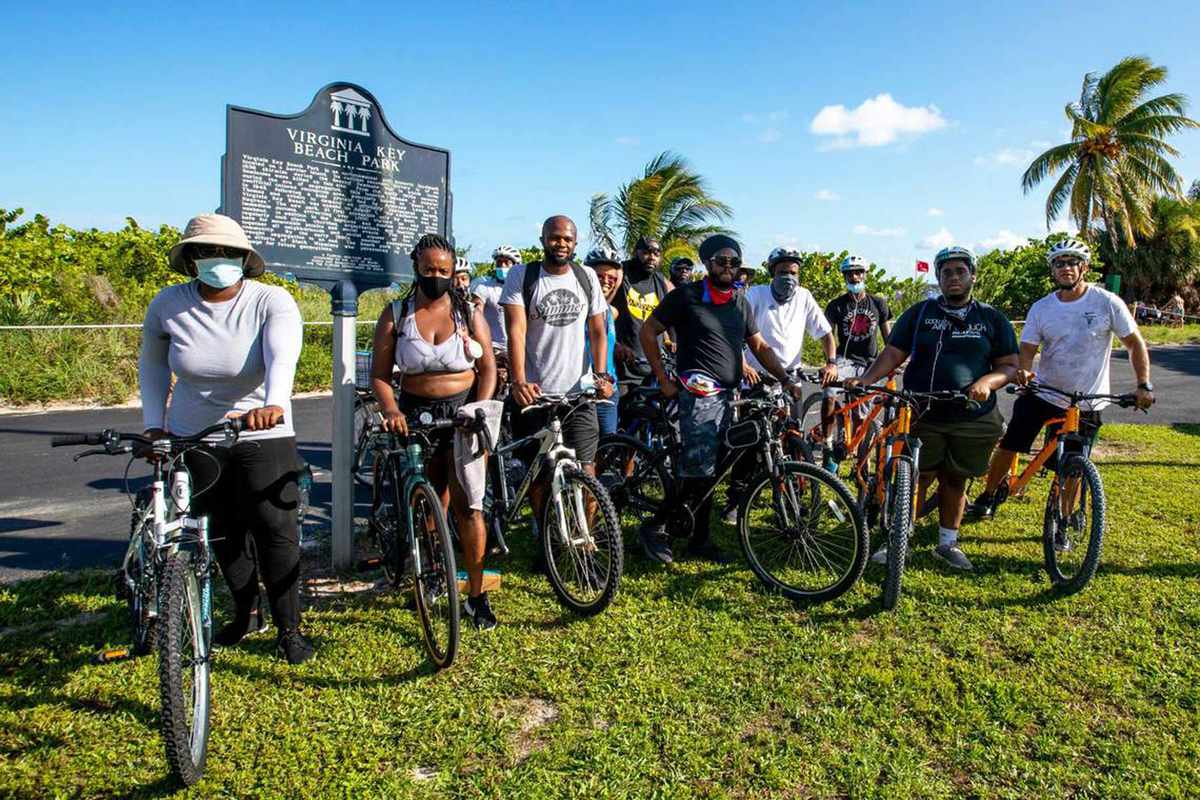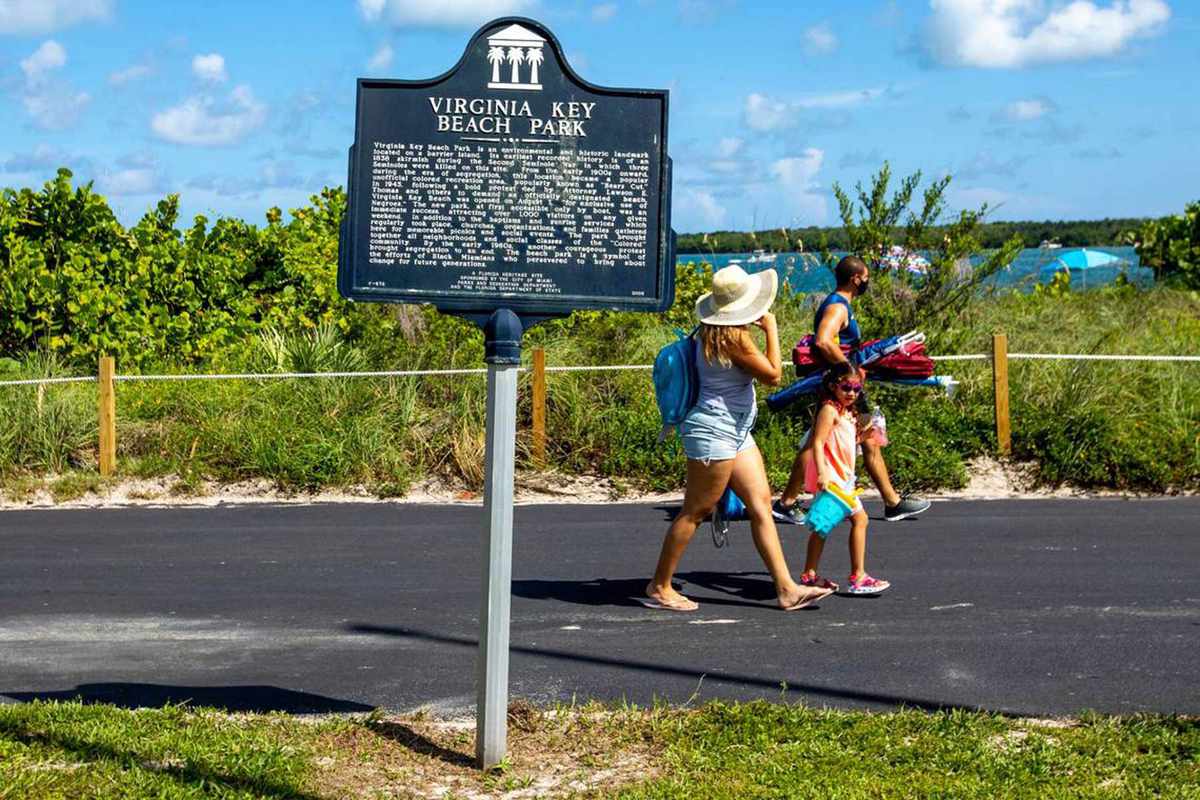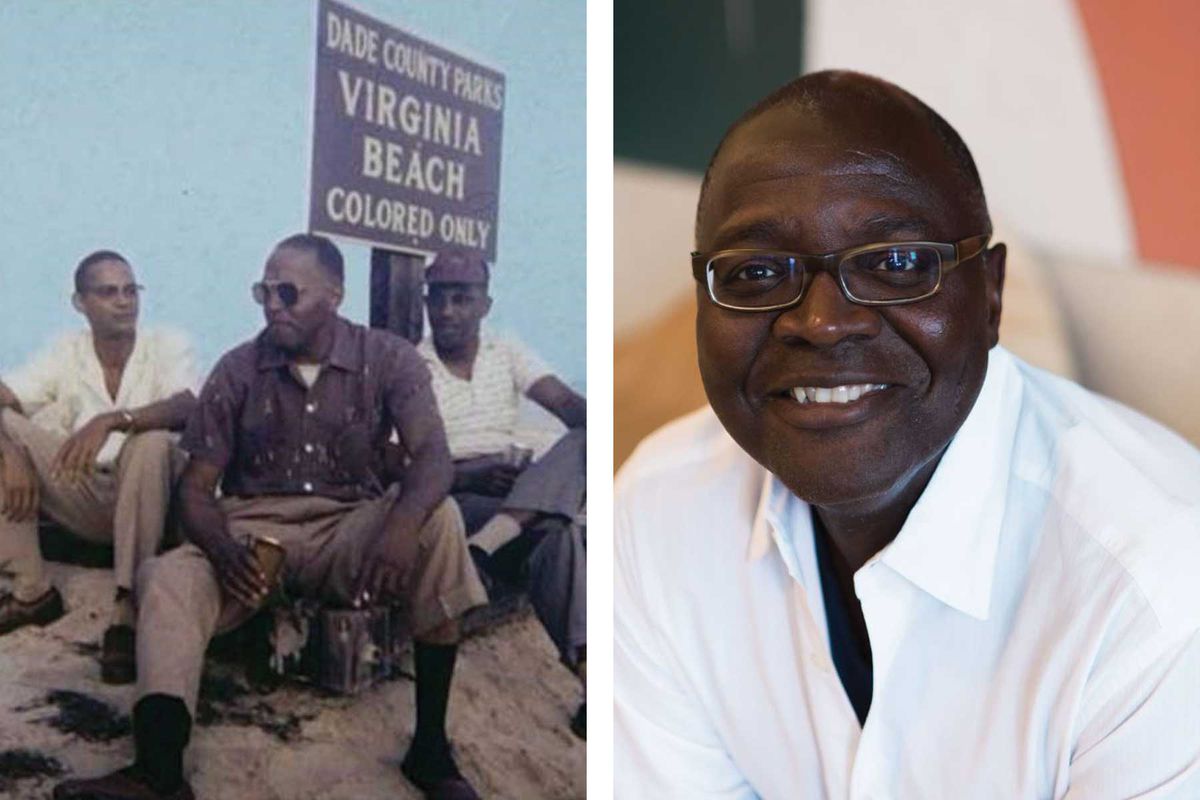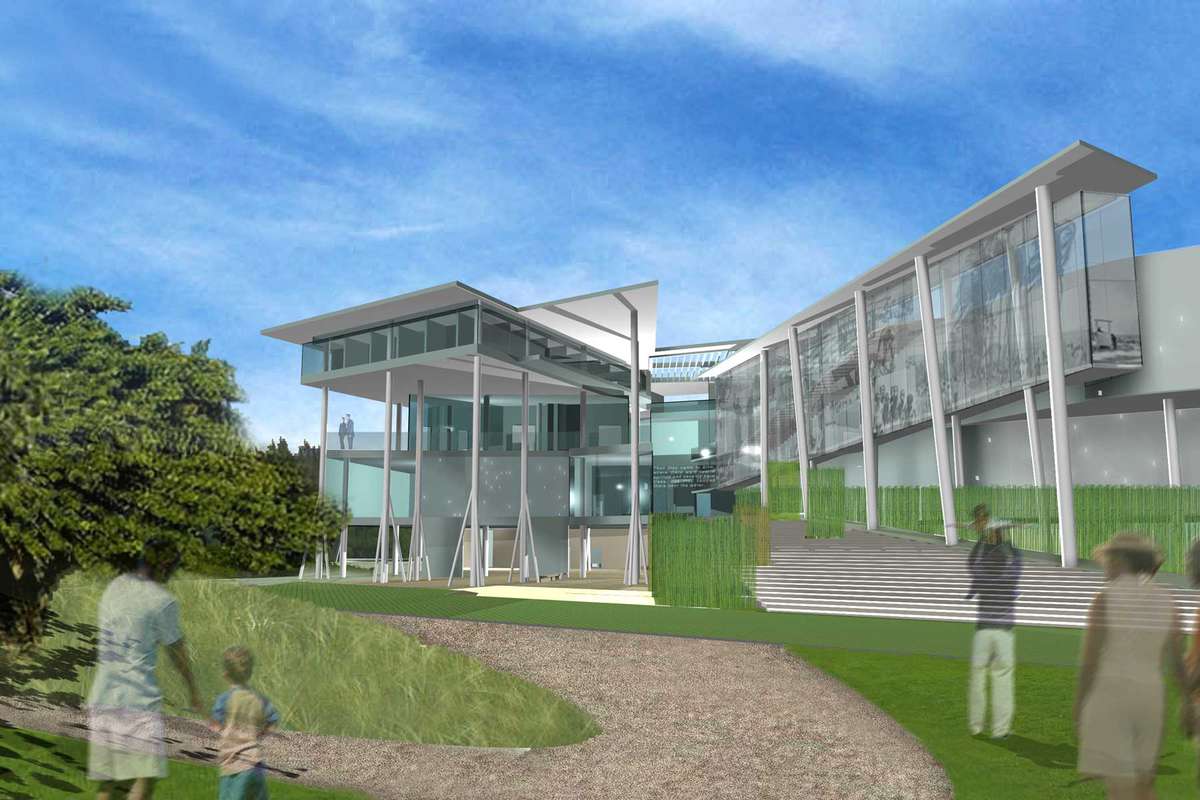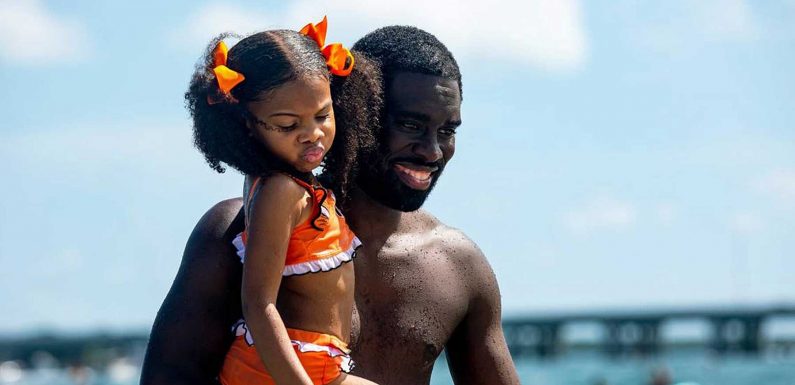
Miami may be known as a melting pot of cultures, welcoming visitors and residents from all backgrounds, but it wasn't always that way. Like its neighboring Southern states, Florida also went through a period of segregation that excluded Black Americans from certain spaces.
Highlighted in the recent Amazon Prime film "One Night in Miami," even entertainment and sports stars like Sam Cooke and Muhammad Ali were not allowed to enjoy the hotels, restaurants, and other amenities of Miami Beach. That included Miami's biggest attraction: miles of sand and sea.
It wasn't until 1945 — nearly 50 years after the city's founding — that a protest by the local Black community led to the creation of "Virginia Key Beach, a Dade County Park for the exclusive use of Negroes." Dr. Martin Luther King, Jr. is said to have visited this beach, and as many Caribbean, South American, and Cuban immigrants arrived throughout the 1950s, they also found Virginia Key to be one of the only beaches that welcomed them.
Today, this stretch of sand, located on a small barrier island off the coast of Miami, is known as the Historic Virginia Key Beach Park (HVKP), and it welcomes everyone who wants to visit.
"When you think of South Florida and its beaches, you would never guess that even the ocean was once segregated," Kechi Okpala, who runs marketing and communications for the Historic Virginia Key Beach Park Trust, told Travel + Leisure.
And that's a fact that HVKP will not let the public forget. Although city officials shut down the park in 1985, it was eventually added to the National Register of Historic Places in 2002. HVKP finally reopened to the public in 2008, featuring much of its original attractions, including restored Art Deco buildings and structures that still stand today.
"There is so much to do at Historic Virginia Key Beach Park. [Visitors] can ride the historic mini train and carousel overlooking the sea shore as people did during its heyday," Okpala said.
There are also picnic tables, BBQ grills, and Bahamian-style cabanas available to rent for the day. Nature lovers can hop in a kayak or on the back of a bike to explore the trails, admiring the mangroves along the way and keeping an eye out for wildlife like sea turtles and birds. As the only beach in Miami without views of the city skyline, HVKP is made to feel like an oasis.
To keep its history alive, there are photos and interpretive signage detailing the story of Historic Virginia Key Beach Park. For those who want to dive even deeper into its past, HVKP offers free Eco-History Tours twice a day on Wednesdays, Thursdays, and Saturdays.
According to the tours page of the HVKP website, guests opting for this experience will "enjoy a guided beach tour of historic landmarks, amusement rides, and nature, all while learning about the soldiers who trained here, early native tribes who settled here, and the summer cottages where many families stayed when they visited."
In 2019, the city of Miami also released funds that were allocated over a decade ago to build a Civil Rights museum within the grounds of HVKP. According to reporting from the Miami Herald, a total of $20.5 million will be invested in construction of the museum, which is set to begin sometime this year.
To learn more about Historic Virginia Key Beach Park and plan your visit, head to the park's official website.
Jessica Poitevien is a Travel + Leisure contributor currently based in South Florida, but she's always on the lookout for her next adventure. Besides traveling, she loves baking, talking to strangers, and taking long walks on the beach. Follow her adventures on Instagram.
Source: Read Full Article










